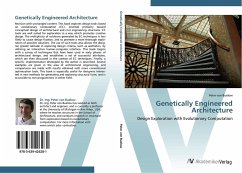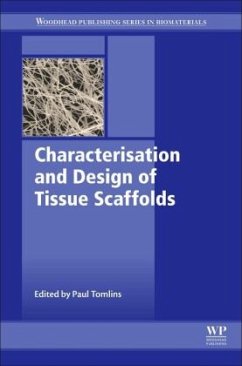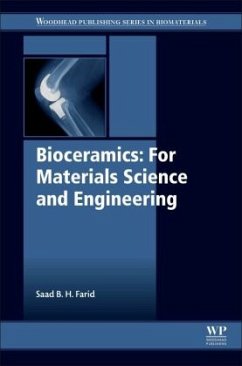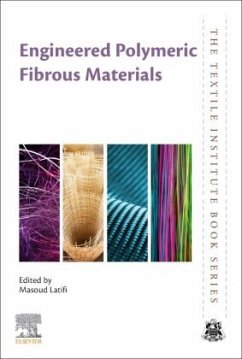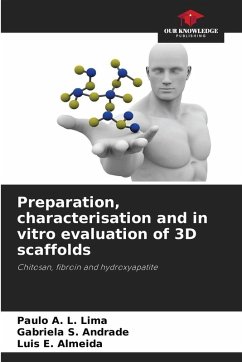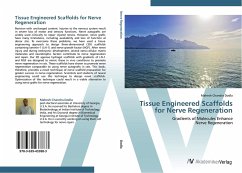
Tissue Engineered Scaffolds for Nerve Regeneration
Gradients of Molecules Enhance Nerve Regeneration
Versandkostenfrei!
Versandfertig in 1-2 Wochen
45,99 €
inkl. MwSt.

PAYBACK Punkte
23 °P sammeln!
Revision with unchanged content. Injuries to the nervous system result in severe loss of motor and sensory functions. Nerve autografts are widely used clinically to repair injured nerves. However, nerve grafts have many limitations, including availability and loss of function at donor site. To overcome these problems, we have used a tissue engineering approach to design three-dimensional (3D) scaffolds containing laminin-1 (LN-1) and nerve growth factor (NGF). After nerve injury and during embryonic development, several extra-cellular matrix molecules and neurotrophic factors contribute to ner...
Revision with unchanged content. Injuries to the nervous system result in severe loss of motor and sensory functions. Nerve autografts are widely used clinically to repair injured nerves. However, nerve grafts have many limitations, including availability and loss of function at donor site. To overcome these problems, we have used a tissue engineering approach to design three-dimensional (3D) scaffolds containing laminin-1 (LN-1) and nerve growth factor (NGF). After nerve injury and during embryonic development, several extra-cellular matrix molecules and neurotrophic factors contribute to nerve regeneration and repair. Our 3D agarose hydrogel scaffolds with gradients of LN-1 and NGF are designed to mimic these in vivo conditions to promote nerve regeneration in rats. These scaffolds have shown to promote nerve regeneration comparable to using nerve autografts in rats. This book, therefore, provides a novel technique of nerve scaffold preparation for greater success in nerve regeneration. Scientists and students of neural engineering could use this technique to design novel scaffolds. Optimization of this technique could result in a viable alternative to using nerve grafts for nerve regeneration.



